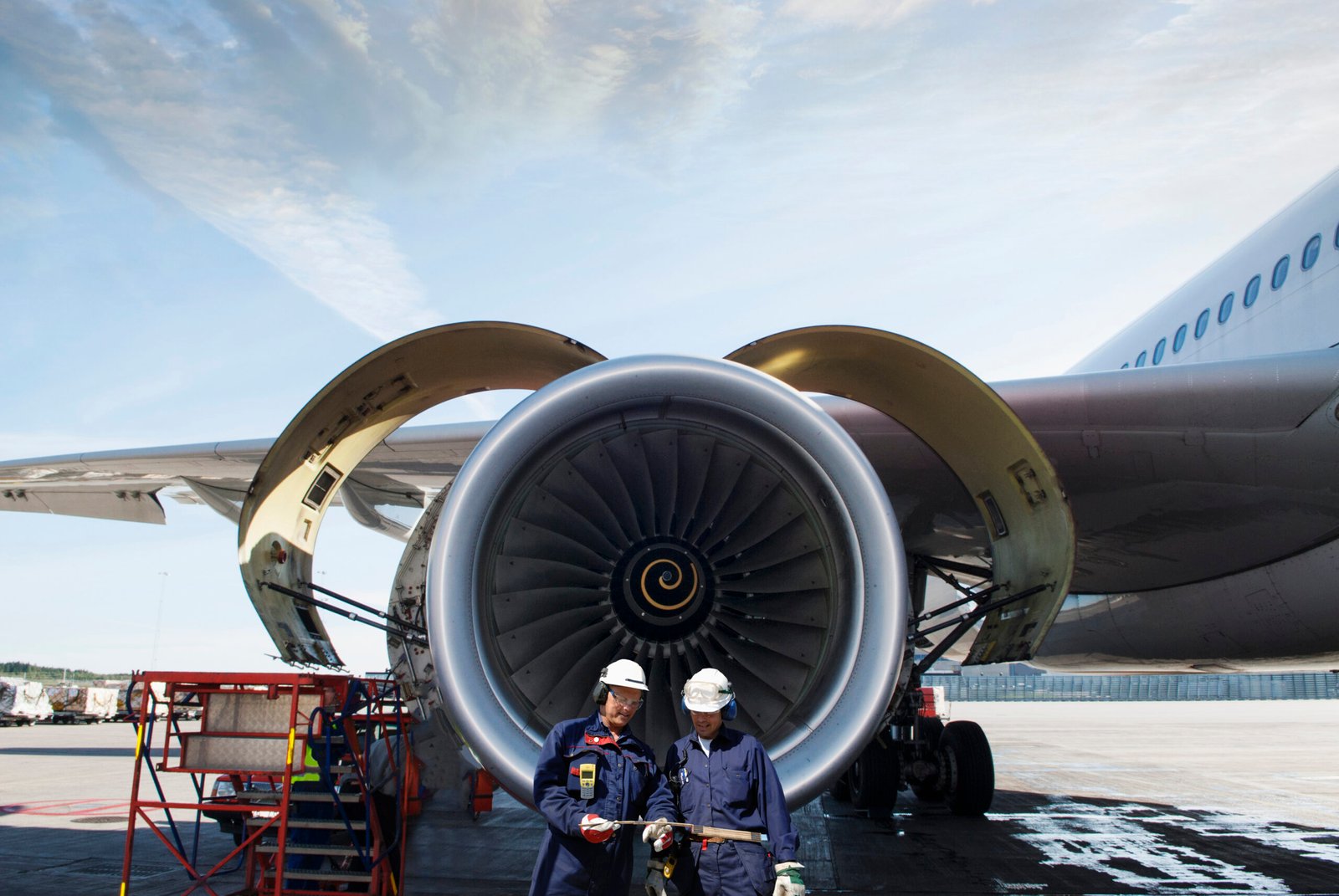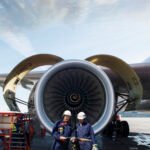Behind the Cockpit: A Day in the Life of a Pilot
Ever wondered what it’s like to soar through the skies, navigating vast expanses of blue? For many aspiring aviators, the journey begins not in the clouds but in classrooms and simulators across the country. Aviation schools offer a variety of courses designed to equip future pilots with essential skills and knowledge. From ground school to flight training, these programs come in different flavors tailored to meet diverse needs.
Aviation schools typically provide several types of courses. **Private Pilot License (PPL)** programs allow students to learn the basics of flying and gain their first certification. Next up is the **Instrument Rating**, which trains pilots to fly under instrument flight rules – crucial for navigating through clouds and poor visibility. For those aiming for commercial aviation careers, a **Commercial Pilot License (CPL)** course is vital, providing deeper insights into advanced flying techniques, navigation systems, and aircraft operations. Additionally, aspiring airline pilots often pursue an **Airline Transport Pilot (ATP)** certificate, which requires extensive flight hours and knowledge about complex aircraft systems.
Beyond traditional classroom instruction, modern technology plays a pivotal role in pilot training. Flight simulators have revolutionized how trainees experience aviation without leaving solid ground. These realistic setups mimic various aircraft scenarios, allowing students to practice emergency procedures and navigation techniques safely. FAA-approved flight schools incorporate simulators into their curricula to enhance learning outcomes while ensuring compliance with regulatory standards.


While educational institutions lay the groundwork for budding aviators, connecting with fellow enthusiasts can further enrich one’s aviation journey. Numerous blogs and websites curate valuable information on current trends, tips for aspiring pilots, industry news, and personal experiences that can inspire newcomers.
Some popular aviation blogs include **Airways Magazine**, which covers everything from aircraft reviews to travel stories; **The Aviation Herald**, dedicated to safety incidents; and **Flying Magazine**, offering practical advice on flying techniques. Websites like **PilotJourney.com** serve as rich resources for aspiring pilots seeking guidance on flight paths—figuratively speaking—and career options within aviation.
Social media has also become an incredible platform for sharing information within this community. Platforms like Instagram feature accounts such as @pilotlife and @aviationphotography that showcase stunning aerial shots alongside captivating pilot stories. On Facebook, groups like “Aviation Enthusiasts” provide spaces where individuals share experiences or seek advice about training programs or specific aircraft.
As you navigate your path toward becoming a pilot or simply indulge your love for aviation from afar, tapping into these resources will prove invaluable. The world of aviation extends beyond flight; it encompasses shared experiences among passionate individuals dedicated to mastering the skies.
In conclusion, embarking on a career as a pilot involves more than just logging hours in the cockpit; it requires dedication towards education through various aviation courses offered at specialized schools across America. With robust support networks found through blogs and social media channels alike fostering connections among aviators everywhere—from novices eager to learn all they can about flying—to seasoned professionals sharing their wisdom—the sky’s truly not the limit! So buckle up; your adventure awaits!
